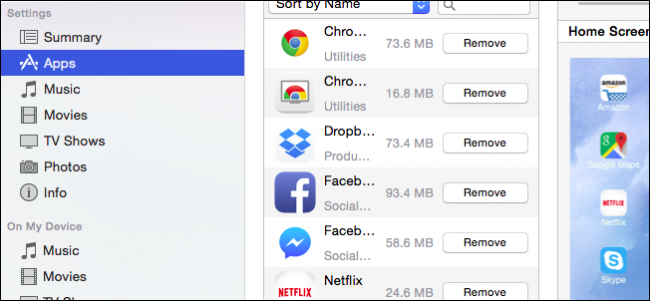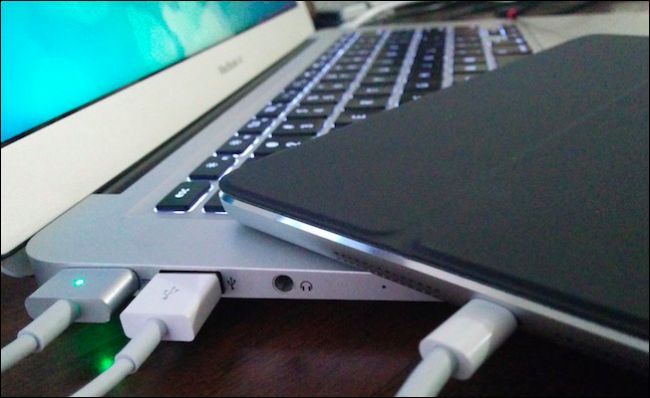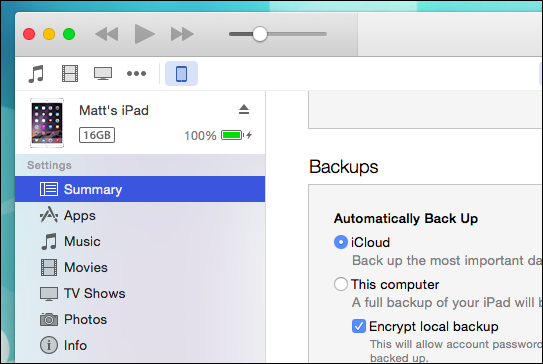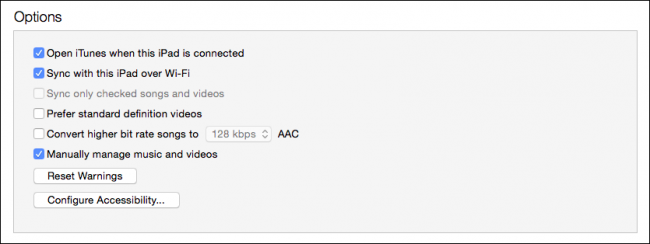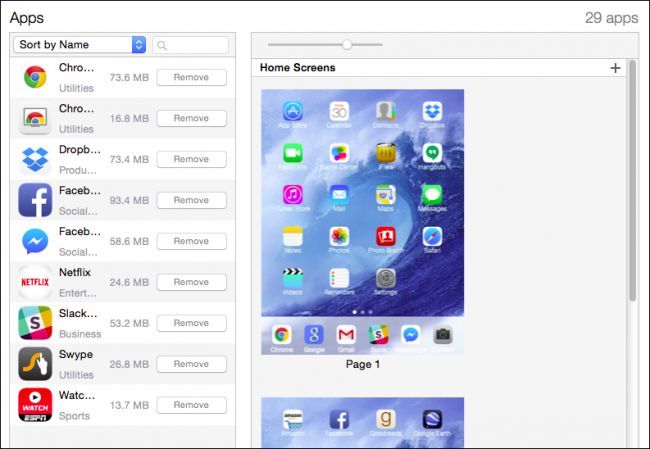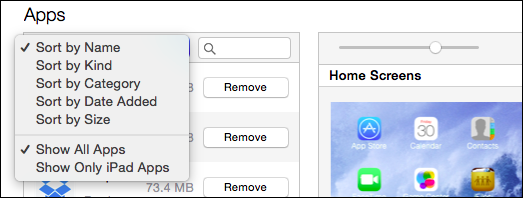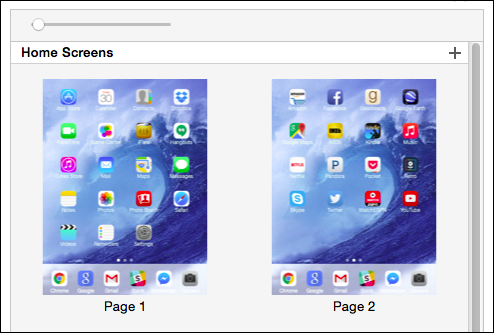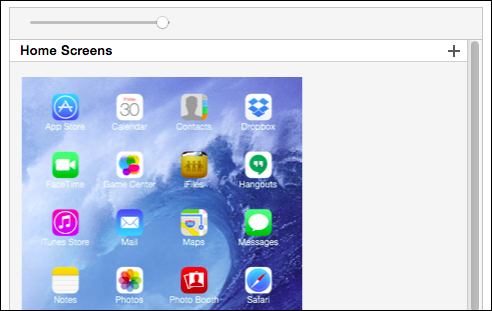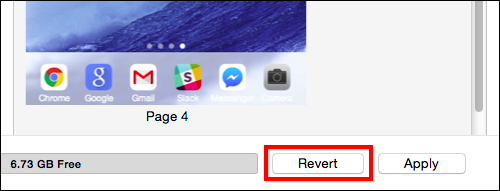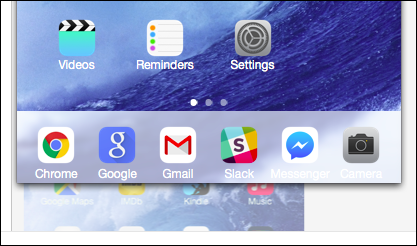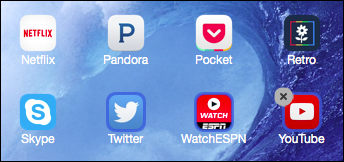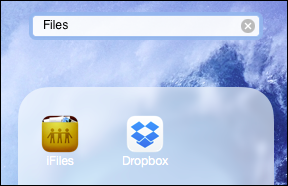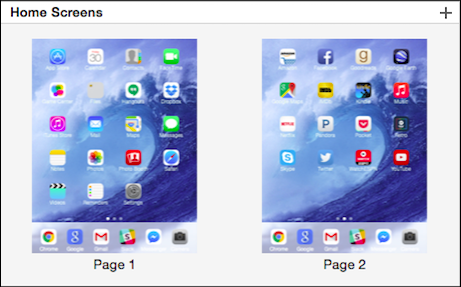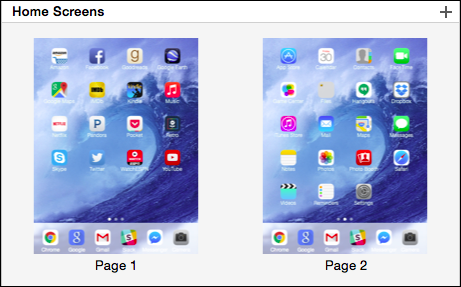iTunes is good enough as a media player, there do exist better options, but when it comes to managing an iOS device, it has some pretty neat tricks up its sleeve.
Chief among these are the Apps settings. With the Apps settings you can quickly and easily manage apps and home screens using your computer. In addition to being able to effortlessly remove apps that you've installed from the Apps Store, you can also reorganize app icons and the order that they appear, you can drag apps to different home screens, and you can even rearrange home screens, with just a few drags and clicks.
It's all very reminiscent of how Launchpad works, which we recently covered, except with iTunes, you have even more top-down control over your iOS apps.
Accessing Your Device via iTunes
If you use an iPad or iPhone then you've probably used iTunes at some point to manage your music or device. Some users might have even had to use iTunes to upgrade to iOS 8. But, beyond simply syncing your music and movies, many may not realize you can also handily manage your apps.
The quickest and fastest way to connect your iPad or iPhone is to plug it in with the cable.
You can also sync your iPad or iPhone wirelessly via Wi-Fi, which isn't as fast but is sure a lot more convenient. To do this, you must first make sure that the option is enabled in iTunes. Click the device icon in iTunes.
Now under the Summary settings, scroll down to Options and make sure "Sync with this iPad over Wi-Fi" is checked (obviously if you have an iPhone it will say "iPhone").
Now you're all set to manage and sync your apps and device's home screens.
The Apps Settings
Right below the Summary settings is the Apps option. The left side is dedicated to your apps you've installed from the App Store.
You can sort apps, such as by name, kind, category, and so on. Next to each app is a "Remove" button, which will uninstall the app. You can also search for an app, or narrow a group of apps down by search string.
On the right side is the "Home Screens" section, and this is where the real magic of iTunes app management happens. First, you can use the slider at the top to enlarge or shrink your home screens. Slide it over to the left and you can see your home screens (called "Pages) arrayed side-by-side.
Moving the slider to the right will give you greater detail and allow you to better see what's on each page.
If you click the little "+" in the upper-right corner, you can add a new home screen. There doesn't appear to be an obvious way to remove it, but we found that you can click the "Revert" button and it will go away.
So what else can you do with the home screen options? For one you can quickly reorder app icons and screens. To move apps around or to another home screen, you need to double-click to zoom.
You can now reorder apps on that home screen by dragging them. If you drag the icon beyond the home screen's border, you can place it on another. The destination home screen will zoom and you can place the app on it where you prefer.
If you want to move more than one icon at a time, you need to hold the "Control" button on your keyboard and then click to select every app you want to affect; a blue border will appear around each selected app.
Note also, that you can remove apps by tapping the gray "X" in the upper-left corner. This is the same method of removing App Store apps as on your iPhone, iPad, and even OS X's Launchpad. Also, iTunes won't let you move a group of selected apps to another home screen if there isn't enough room.
Speaking of groups, just like if you were using the device itself, if you drag one icon over the top of another, you can create a folder of apps and rename it to something appropriate. If you want to remove a folder, simply drag all the icons out of it.
Finally, and this is a real timesaver, let's say you want to reorder home screens. For instance, let's say you get done rearranging a bunch of icons and you realize you want page 2 to come before page 1.
Just drag the screens into your preferred order.
When you're done with auditing your apps and moving them and your home screens around, simply click "Apply" to sync your changes. If you change your mind, again you can hit "Revert" and everything will go back to the way to the way it was before.
Being able to make these changes - to quickly move apps or app groups from one home screen to another, or rearrange home screens - means that you can do in almost no time, what would normally take much, much longer using the touchscreen interface on your iPhone or iPad. We all know how tedious simply moving app icons around can be, using iTunes makes very short work of that.
We'd like to now hear from you now. Do you or have you ever used iTunes to manage your iOS device's apps and home screens? Has this article been useful to you? Sound off in our discussion forum and share your thoughts with us.

